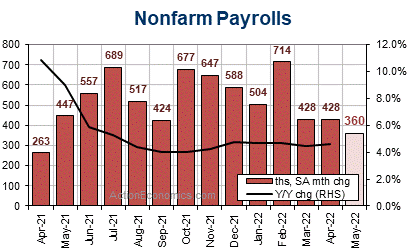China’s ambitious modernization plan for Shanghai’s Pudong New Area unfolds with numerous pilot projects for the digital yuan, the country’s central bank digital currency (CBDC). The Chinese Communist Party Central Committee and the General Office of the State Council have unveiled a comprehensive five-year plan aimed at transforming Pudong into a global center with enhanced authority.
The plan encompasses a series of initiatives, including streamlined customs procedures, an international standard-compliant business mediation system, and improved supply chain management to facilitate the freer flow of commodities. Pudong’s development will be bolstered by new educational institutions with specific intellectual property rights for research and development. Moreover, a unique visa regime will attract international talent from Belt & Road Initiative partner nations.
This strategic development sets the stage for dynamic applications of the digital yuan, with plans to pilot its use in trade settlement, e-commerce payment, carbon trading, green power trading, and other fields. The aim is to standardize and expand the application scenarios of the digital yuan in the use of fiscal funds.
Anticipating significant advancements in institutional innovation by 2027, the plan outlines objectives for creating a new, high-standard open economic system and a robust market system. China’s rapid pace in creating digital yuan use cases is evident through integrations with foreign banks, facilitating transactions in gold and petroleum on Shanghai exchanges using the digital yuan.
However, this digital currency progress contrasts with China’s intensified crackdown on other cryptocurrencies, including Tether and stablecoins, and the complete prohibition of cryptocurrency mining. Such actions have sparked reactions globally, with US Senator Rick Scott introducing the Chinese CBDC Prohibition Act in an attempt to counter the rise of the digital yuan.
